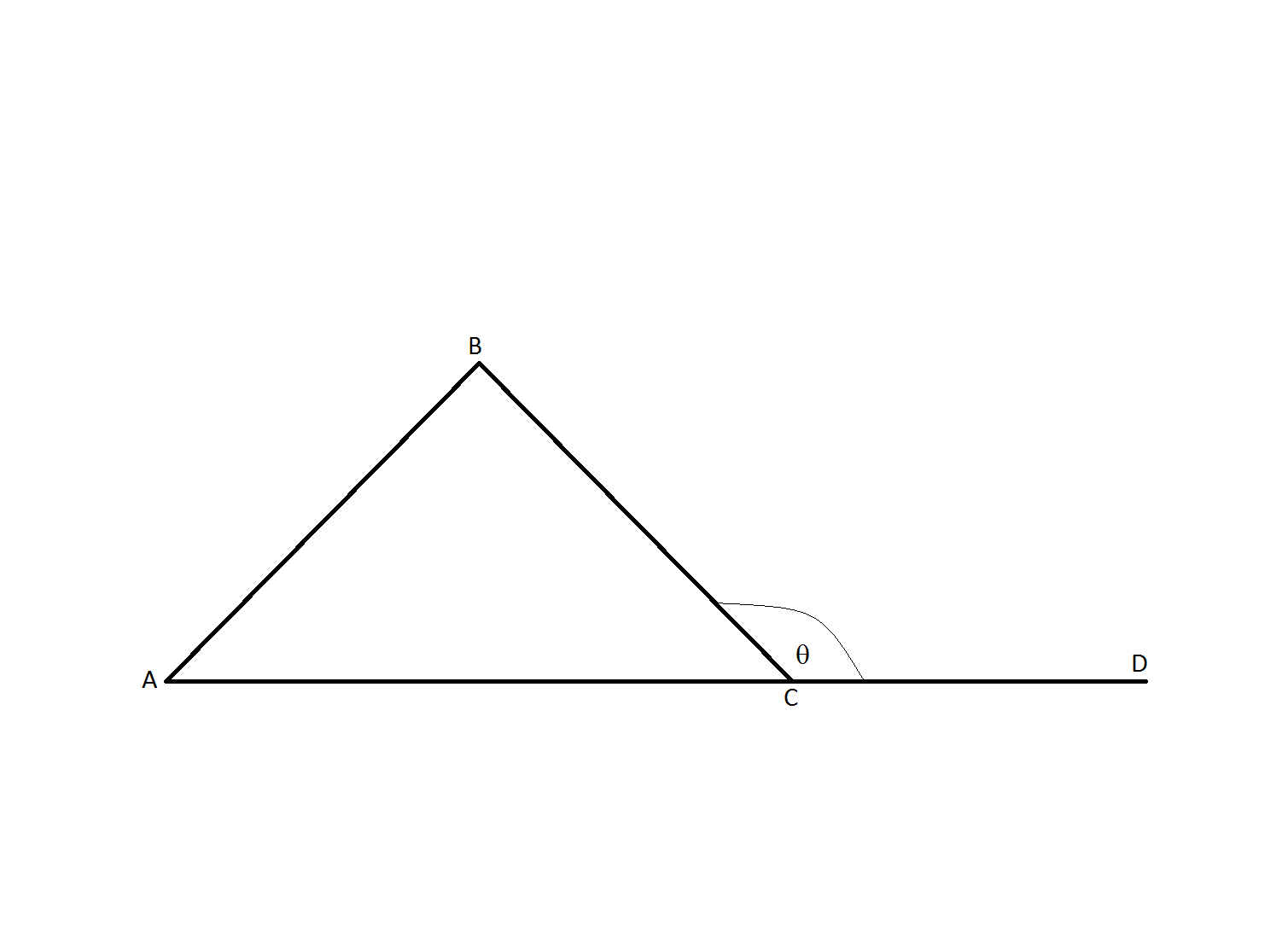All High School Math Resources
Example Questions
Example Question #443 : Geometry
What is the area of a square that has a diagonal whose endpoints in the coordinate plane are located at (-8, 6) and (2, -4)?
50√2
100
100√2
200√2
50
100
Example Question #21 : Isosceles Triangles

An isosceles triangle has a hypotenuse of 

Not enough information to solve
An isosceles triangle is a special triangle due to the values of its angles. These triangles are referred to as 
Example Question #31 : Isosceles Triangles

The measure of the sides of this isosceles right triangle are 

Not enough information to solve
An isosceles triangle is a special triangle due to the values of its angles. These triangles are referred to as 
Example Question #172 : Geometry
Two similiar triangles have a ratio of perimeters of 
If the smaller triangle has sides of 3, 7, and 5, what is the perimeter of the larger triangle.
Adding the sides gives a perimeter of 15 for the smaller triangle. Multipying by the given ratio of 
Example Question #1 : Triangles
Two sides of an isosceles triangle are 20 and 30. What is the difference of the largest and the smallest possible perimeters?
10
30
15
0
The answer cannot be determined
10
The trick here is that we don't know which is the repeated side. Our possible triangles are therefore 20 + 20 + 30 = 70 or 30 + 30 + 20 = 80. The difference is therefore 80 – 70 or 10.
Example Question #2 : Acute / Obtuse Triangles
Two similiar triangles exist where the ratio of perimeters is 4:5 for the smaller to the larger triangle. If the larger triangle has sides of 6, 7, and 12 inches, what is the perimeter, in inches, of the smaller triangle?
25
18
20
23
20
The larger triangle has a perimeter of 25 inches. Therefore, using a 4:5 ratio, the smaller triangle's perimeter will be 20 inches.
Example Question #31 : Triangles
If a = 7 and b = 4, which of the following could be the perimeter of the triangle?

I. 11
II. 15
III. 25
I, II and III
II Only
I and II Only
II and III Only
I Only
II Only
Consider the perimeter of a triangle:
P = a + b + c
Since we know a and b, we can find c.
In I:
11 = 7 + 4 + c
11 = 11 + c
c = 0
Note that if c = 0, the shape is no longer a trial. Thus, we can eliminate I.
In II:
15 = 7 + 4 + c
15 = 11 + c
c = 4.
This is plausible given that the other sides are 7 and 4.
In III:
25 = 7 + 4 + c
25 = 11 + c
c = 14.
It is not possible for one side of a triangle to be greater than the sum of both of the other sides, so eliminate III.
Thus we are left with only II.
Example Question #2 : Acute / Obtuse Triangles
Solve for 

The angles of a triangle must add to 180o. In the triangle to the right, we know one angle and can find another using supplementary angles.
Now we only need to solve for 
Example Question #1 : How To Find An Angle In An Acute / Obtuse Triangle
 If
If 


Not enough information to solve
All of the interior angles of a triangle add up to 
If 

Therefore,
Now, 



Also, by definition, the angle of an exterior angle of a triangle is equal to the measure of the two interior angles opposite of it 
Example Question #1 : How To Find An Angle In An Acute / Obtuse Triangle
Two interior angles in an obtuse triangle measure 

Interior angles of a triangle always add up to 180 degrees.
Certified Tutor
All High School Math Resources















































